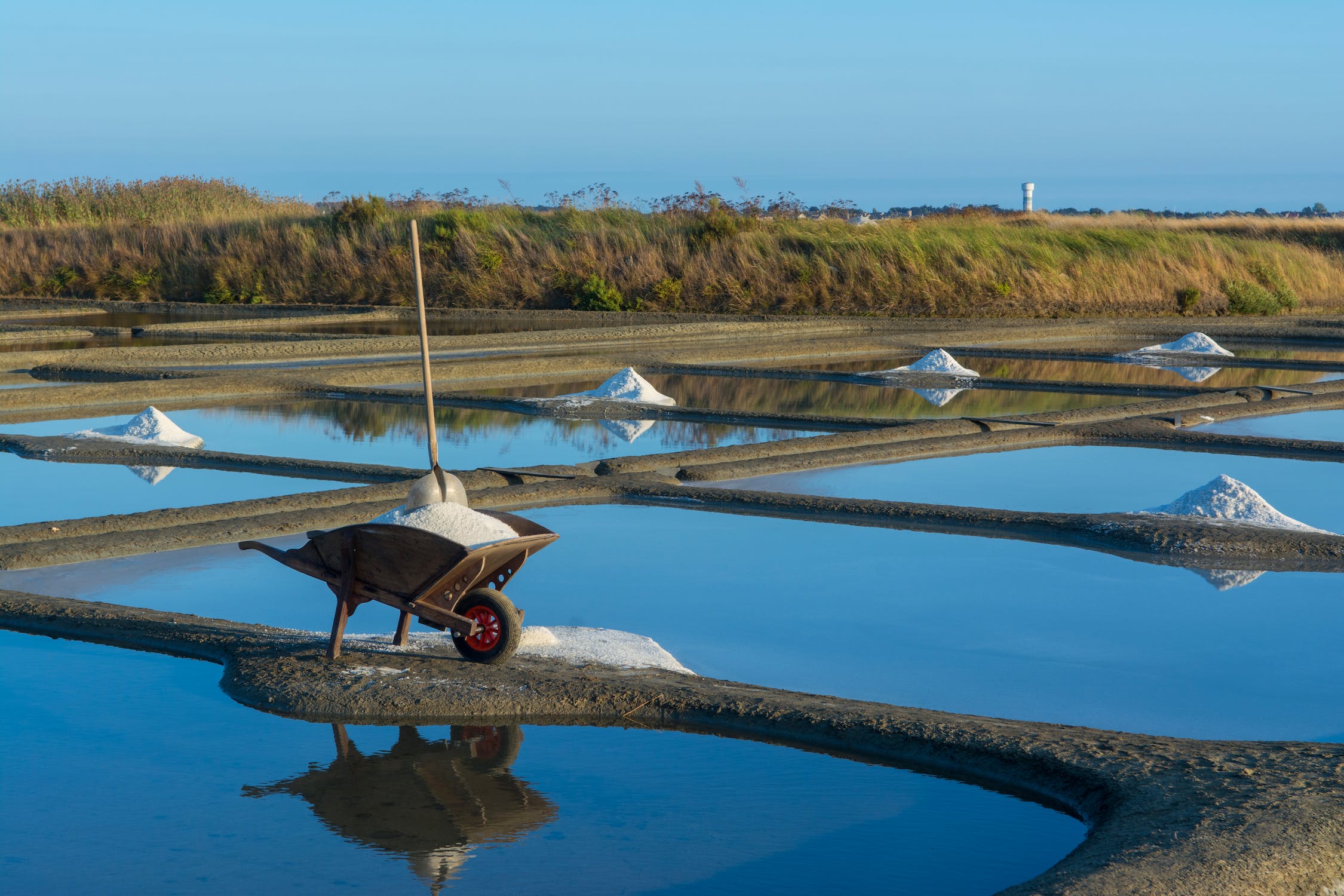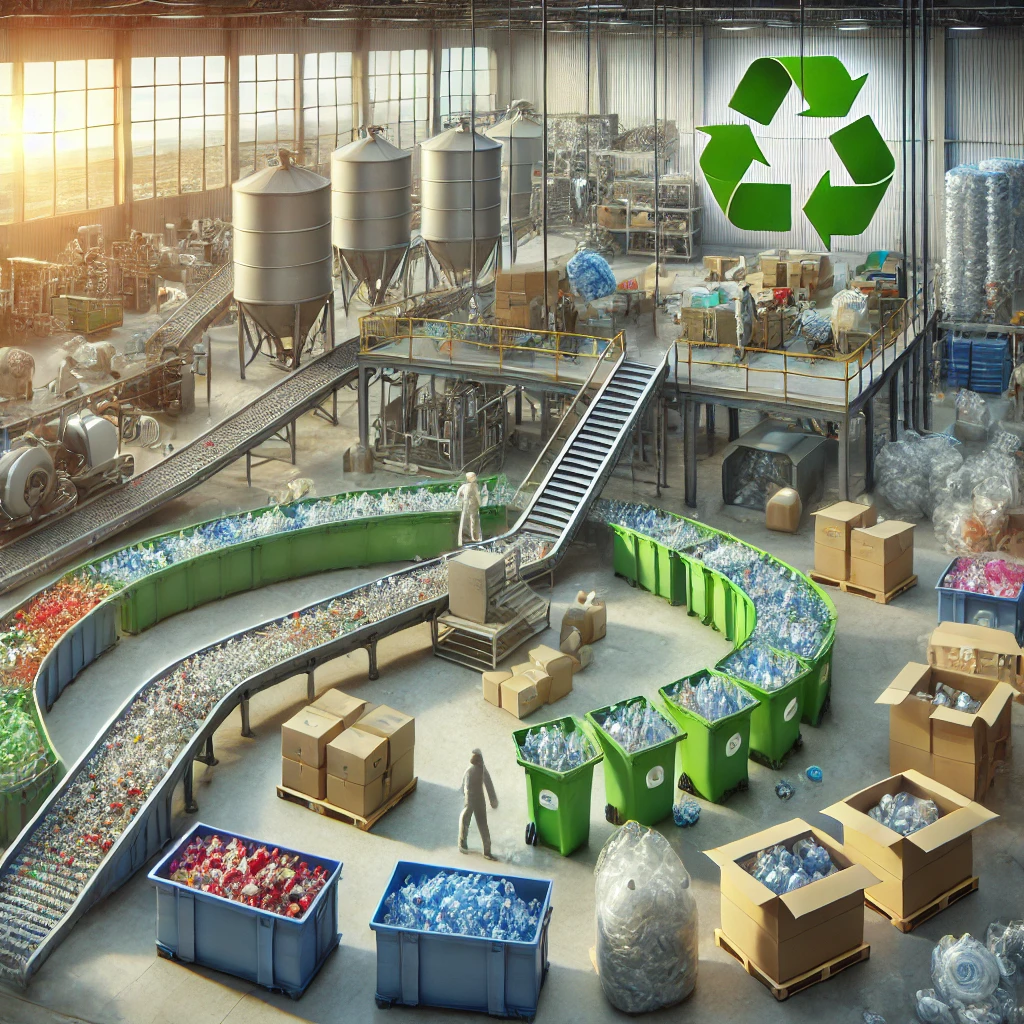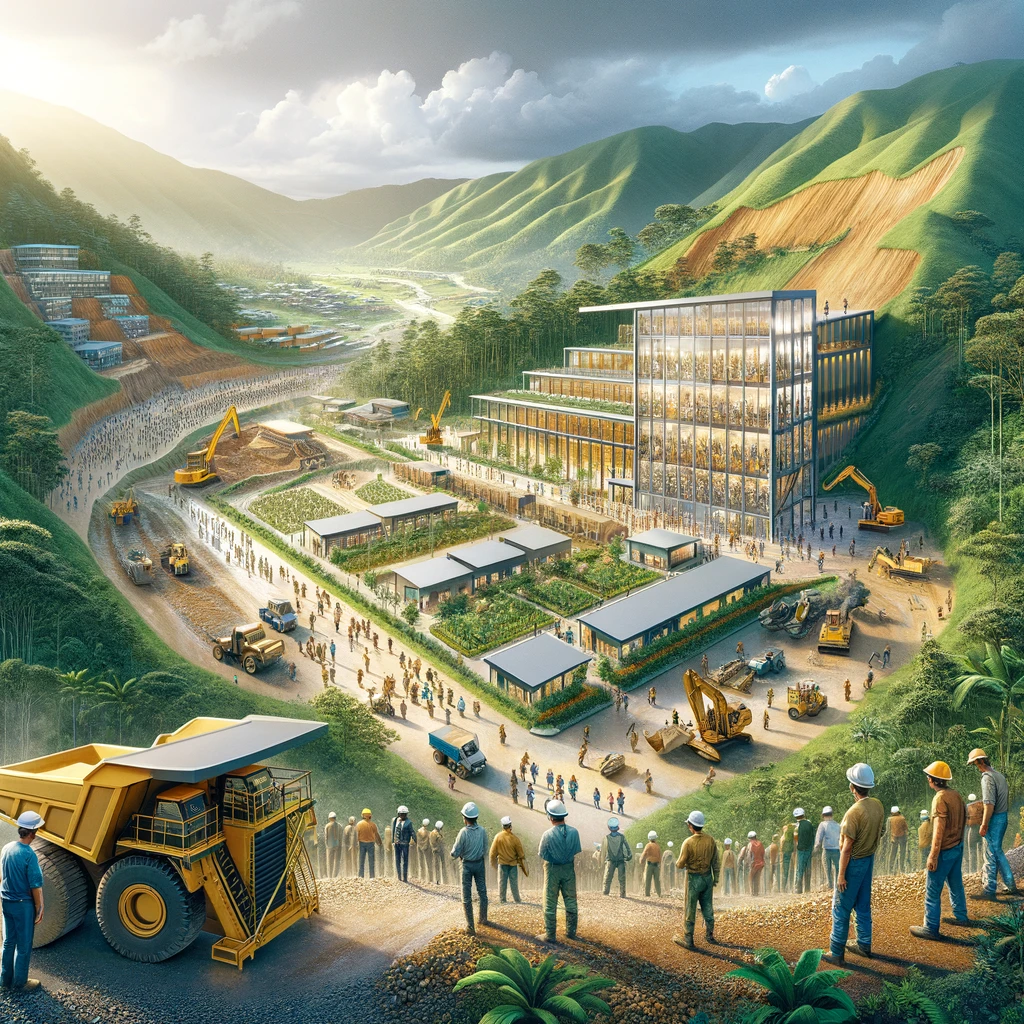Aurora and Zambales Embrace Solar Technology to Transform Salt Production
Central Luzon’s salt industry is undergoing a remarkable transformation. With Aurora and Zambales at the helm, solar technology is quickly becoming the preferred method of salt production, aiming to rejuvenate the industry.
The Rise of Solar in Salt Production
Wilfredo Cruz, the regional director of the Bureau of Fisheries and Aquatic Resources-Central Luzon (BFAR-3), highlighted that communities in Aurora’s Barangay Mijares in Dipaculao, Dilasag, and Zambales’ Iba town are diving deep into this transition. These communities are actively involved in testing and setting up the solar salt packages, a significant move funded by the Department of Agriculture.
Moving Away from Traditional Techniques
What’s driving this change? Cruz points to the many advantages solar technology offers over traditional methods. Apart from being an eco-friendly alternative, solar technology promises enhanced production capacity. Especially in the rainy season, when traditional methods might falter, solar ensures a consistent salt supply.
“This isn’t just about increasing output,” Cruz mentioned, “It’s a step towards a greener and more resilient way of producing salt.”
Harnessing the Sun’s Might
Solar salt technology is simple yet powerful. By utilizing the sun’s energy for the evaporation process, it results in higher salt yields, especially during the summer when the sun is at its peak.
Cruz optimistically noted, “This isn’t just a minor change; it’s a revolution in how we approach salt production. With leaders like Aurora and Zambales taking the charge, we hope to see more regions, including Pampanga, adopt this sustainable method.”
Challenges in the Salt Industry
The need for such innovation becomes evident when considering the current challenges facing the salt industry in the Philippines. Persistent issues like inadequate quality control and slow product development have seen the industry’s productivity take a hit. As of now, the country relies heavily on imports, bringing in a whopping 93% of its salt from foreign shores.
In Conclusion
The synergy between solar energy and the salt industry in Central Luzon signals hope. As more regions recognize and adopt this sustainable method, the Philippines can look forward to not only reducing its dependence on imports but also promoting an eco-friendly and efficient approach to salt production.







